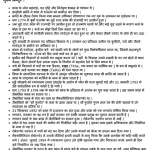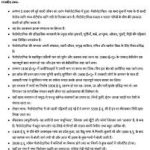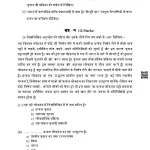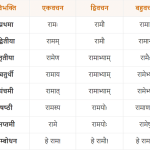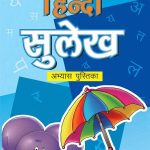Class 12 Geography Chapter 1 is all about understanding the Earth, its resources, and how they are distributed across the world. This chapter introduces the concepts of geography, including maps, locations, regions, and physical features like landforms, mountains, rivers, and oceans. It also explains the ways in which the Earth’s surface is constantly changing due to natural forces like weathering, erosion, and human activity. The lesson highlights the importance of studying geography to understand the relationship between people and the environment.
Study Guides
The study guide for Chapter 1 helps to break down the key concepts and makes learning easier. You will need to focus on the following topics:
- The Earth’s shape and size.
- Understanding the Earth’s grid system (latitude and longitude).
- The major physical features of the Earth like landforms, mountains, and rivers.
- The importance of maps and how to read them.
- The impact of human activities on the Earth’s surface.
Review the diagrams and maps in your textbooks to help understand these concepts visually. This will make it easier to remember important facts during exams.
Textbook Summaries
Chapter 1 of Class 12 Geography introduces the basic concepts of the Earth’s surface. It explains how the Earth is divided into different regions based on physical features. The chapter also discusses the Earth’s rotation and revolution, how seasons change, and the significance of geography in understanding the environment.
Flashcards
Flashcards are helpful to memorize important terms and concepts. Some important flashcard topics include:
- Latitude and Longitude
- The Earth’s rotation and revolution
- The characteristics of different landforms
- The continents and oceans of the world
- Major rivers and mountains
Use these flashcards to test yourself and improve your memory of key concepts.
Class Handouts
In the class handouts, you will find a summary of the chapter, important definitions, and key points. These handouts provide a quick review of what was taught in class. They also include some practice questions to help you prepare for the exams.
Research Notes
Research notes involve further reading and exploration of additional material. You can research topics such as:
- The history of geography as a field of study.
- The evolution of Earth’s surface over millions of years.
- The role of humans in altering the Earth’s physical features.
These notes will deepen your understanding of the subject.
Annotated Readings
Annotated readings involve making notes in the margins of your textbook or study material. While reading the textbook, write down the key ideas, definitions, and explanations next to the relevant sections. This will help reinforce your understanding and make it easier to revise for exams.
Homework Solutions
For homework, practice problems related to the chapter, such as identifying physical features on a map or explaining geographical terms. Solutions to these problems can be found in the textbook or through online educational resources. Completing these homework assignments will help solidify the concepts you learn in class.
Exam Preparation Materials
For exam preparation, create a checklist of important topics from Chapter 1. Focus on the key areas:
- Earth’s shape and features.
- Different types of landforms and their characteristics.
- The significance of maps and geography in understanding the world. Review any sample problems, quizzes, and past exam papers. Practice answering questions and solving problems to test your knowledge.
Lab Reports
Lab reports for Geography usually involve studying maps, creating models of landforms, or analyzing physical features using tools like atlases or satellite imagery. Make sure to present your findings clearly and provide explanations for your observations.
Mind Maps
A mind map is a great way to organize your thoughts and understand the relationships between different concepts. For Chapter 1, create a mind map that connects topics like the Earth’s features, grids, and maps. You can start by putting “Geography” in the center and draw branches for each sub-topic, connecting related concepts.
Practice Quizzes
Practice quizzes can help you test your knowledge and prepare for exams. Some sample questions might include:
- What is the shape of the Earth?
- Explain the difference between latitude and longitude.
- Name and describe the major landforms of the Earth.
Answering these questions will improve your understanding of the chapter.
Sample Problems with Solutions
Sample problems in geography help to apply theoretical knowledge to real-life scenarios. For example, you might be asked to calculate the time difference between two locations based on their longitudes. Solutions to these problems can be found in the textbook or from online resources.
Glossaries or Vocabulary Lists
A glossary or vocabulary list is essential for understanding the technical terms used in geography. Some terms you should be familiar with include:
- Cartography: The study and practice of map-making.
- Latitude: The distance north or south of the Equator.
- Longitude: The distance east or west of the Prime Meridian.
- Erosion: The process by which rocks and soil are worn away by natural forces.
Make a list of important terms from Chapter 1 and review them regularly.


